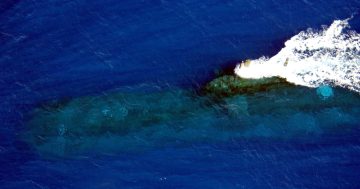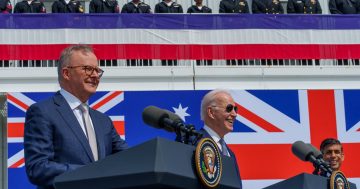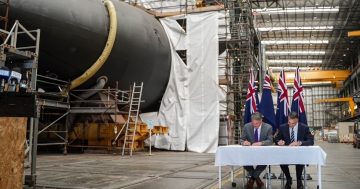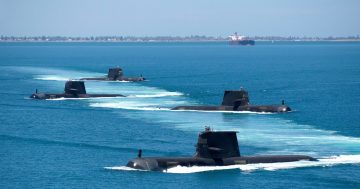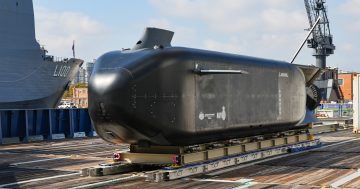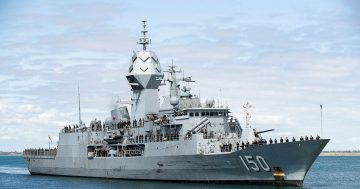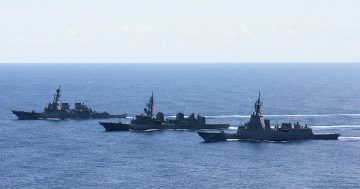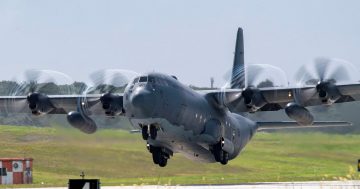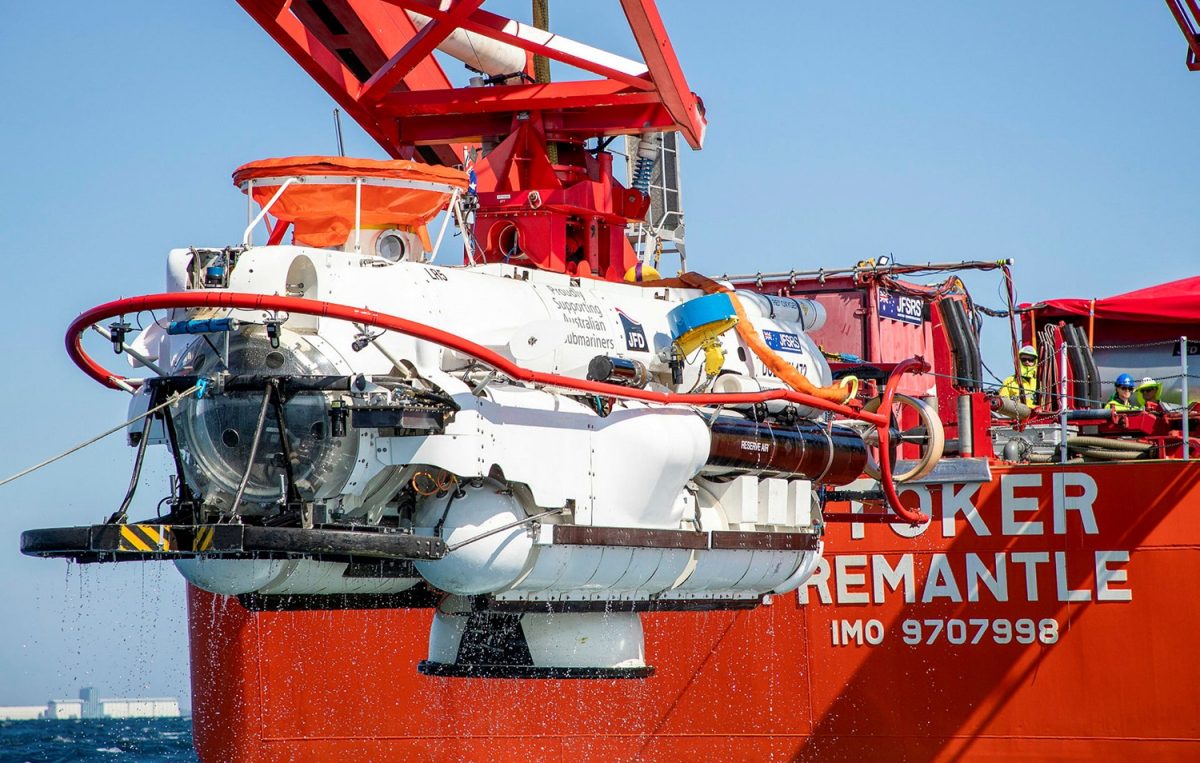
The DSRV is lifted from the water during Exercise Black Carillon in February 2023. Photo: ADF.
An Australian sovereign submarine rescue system has been successfully demonstrated during its annual certification exercise off the Western Australian coast.
The two-week long Exercise White Carillon saw the James Fisher Submarine Rescue System (JFSRS) – operated by James Fisher Defence (JFD) Australia – simulate rescues using underwater targets in various depths and sea conditions. The exercise is mandatory for the system’s safety certification and for the qualification and certification of rescue personnel.
The JFSRS uses a remotely operated underwater vehicle which uses sonar and deployable tracking devices to locate the submarine.
A smaller free-swimming LR5 Deep Search and Rescue Vehicle (DSRV) with three crew members is then launched which can dock with the submarine’s escape hatch at depths up to 400 metres. The DSRV has two compartments – a command module with two pilots, and a rescue chamber manned by the rescue chamber operator (RCO).
The DSRV is able to rescue and transport the entire crew of a Collins class submarine to the surface in several trips and, if necessary, to a hyperbaric chamber onboard a mothership.
The entire system is air-transportable, and comprises the free-swimming DSRV, a portable handling system, a 14-person transfer under pressure (TUP) chamber, two 36-person recompression chambers, an intervention system with Scorpio 45 ROV and Portable Side Scan Sonar system, and other support equipment, spares and containers.
“This is a critical sovereign capability that JFD supplies, which is why exercises like these are immensely important,” Managing Director of JFD Australia Cathy Falkiner said in a release.
“Not only do they ensure that Australia’s system receives annual certification and compliance to Navy assurance processes – it gives submariners and other defence personnel the peace of mind that, in the event of a submarine in distress, they are in the safest possible hands.
“The time to first rescue is all that matters in a submarine emergency when our sole focus is on saving lives,” she said.
“We are proud to be on standby and ‘rescue ready’ at 12 hours’ notice to respond from our national headquarters at Bibra Lake south of Perth, with a team of dedicated professionals committed to ensuring the safety of submariners will always be our number one priority.”
JFD also participates in the Navy’s annual submarine search and rescue Exercise Black Carillon where it exercises its capabilities with the Navy and visiting services.
The Navy’s submarine search and rescue capability operates within the International Submarine Escape and Rescue Liaison Office (ISMERLO) construct where member nations can call upon each other for assistance in the event of a submarine search and rescue operation.
JFD operates five of the world’s six air-transportable submarine rescue systems and serves Singapore, India, Korea and NATO members. It has been a provider to the Royal Australian Navy of submarine rescue services since 2009, and signed a four-year extension to the contract in 2020.
